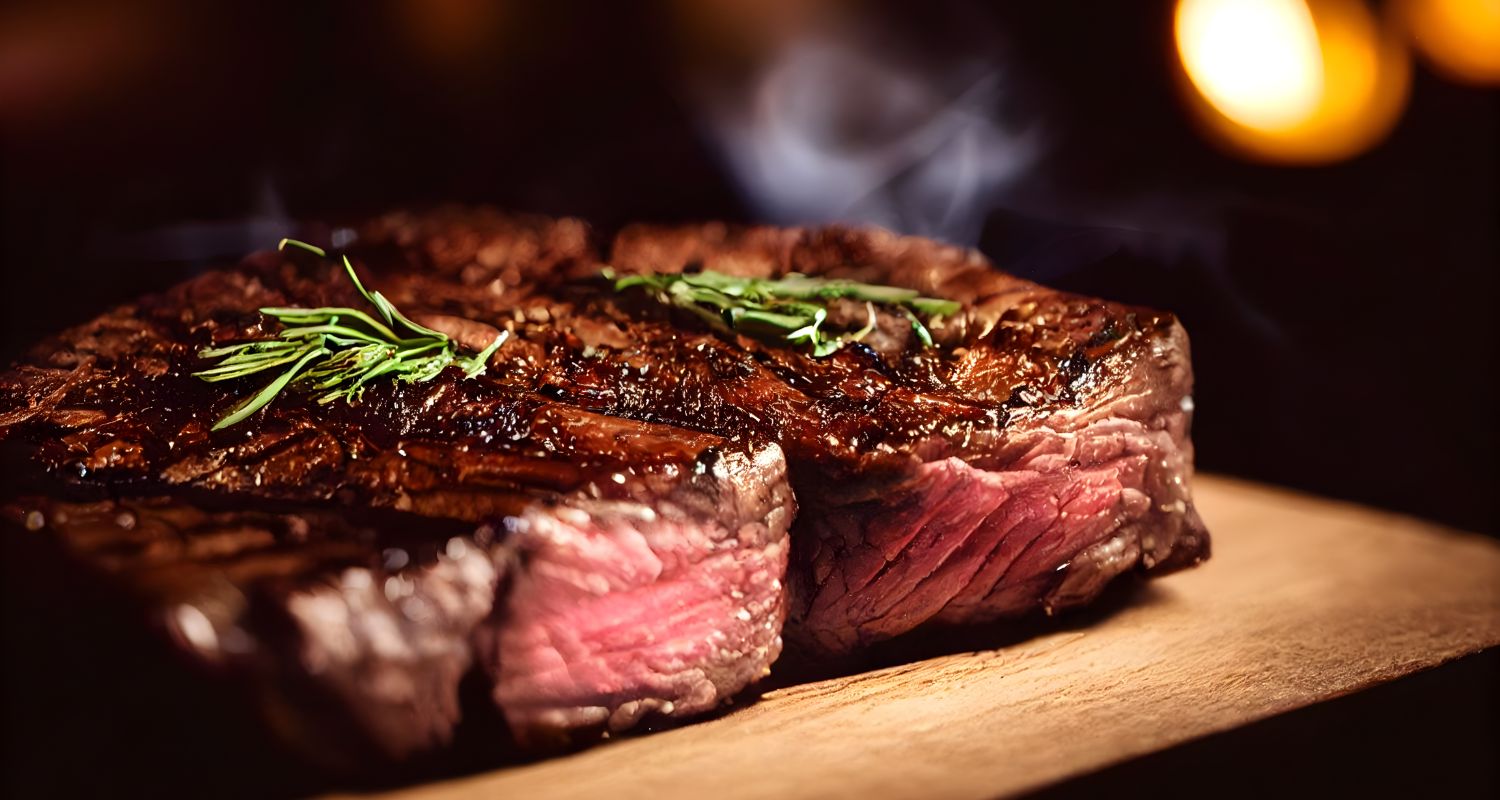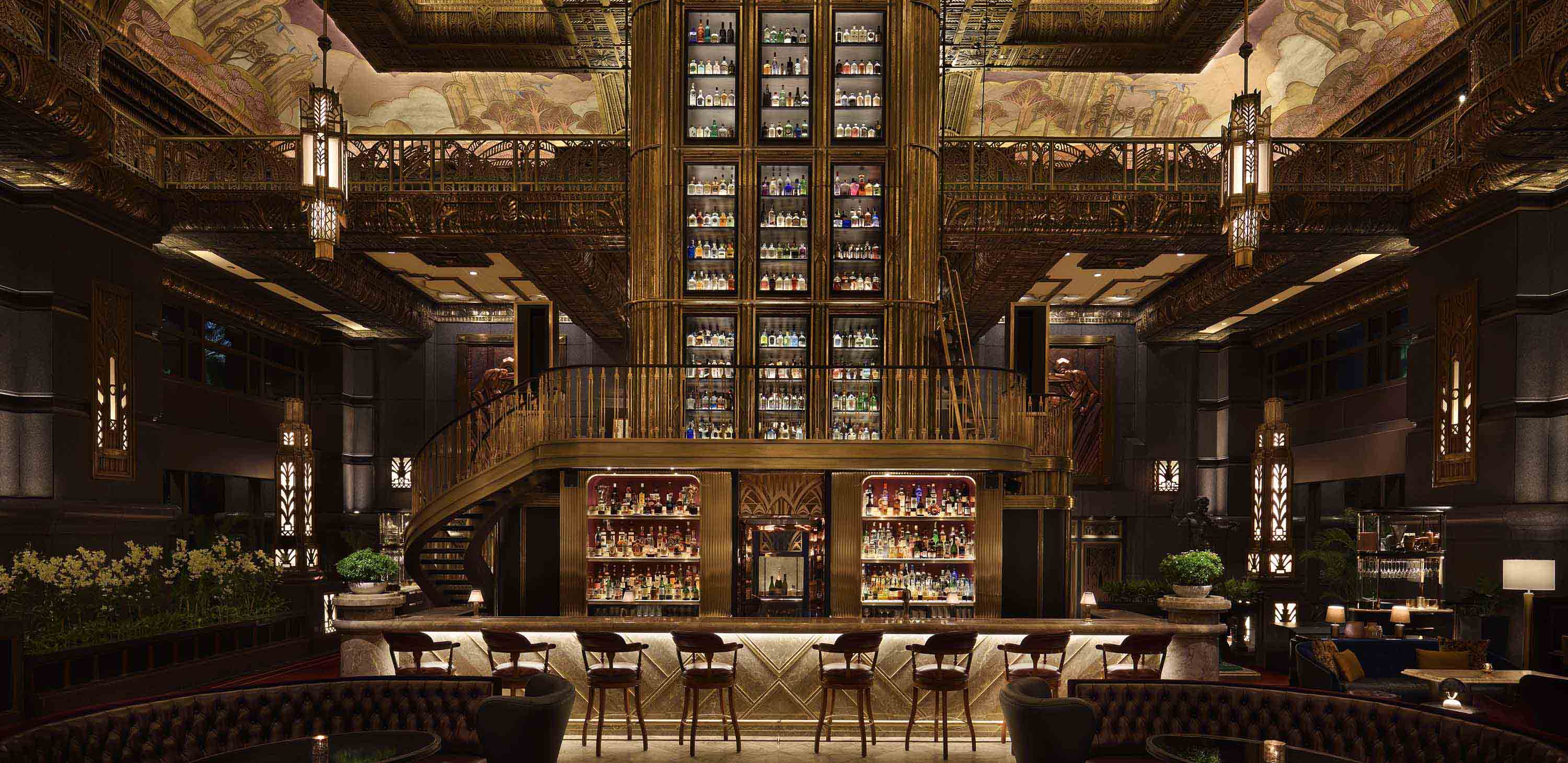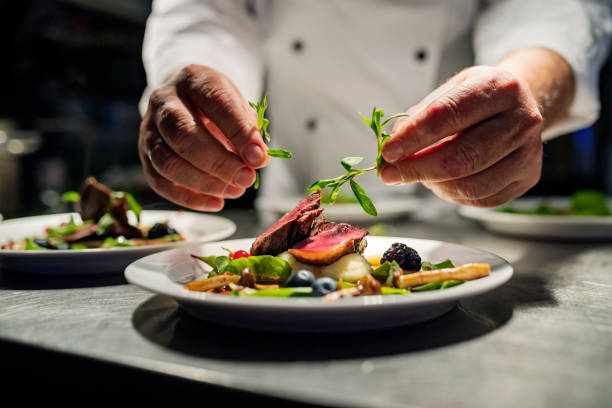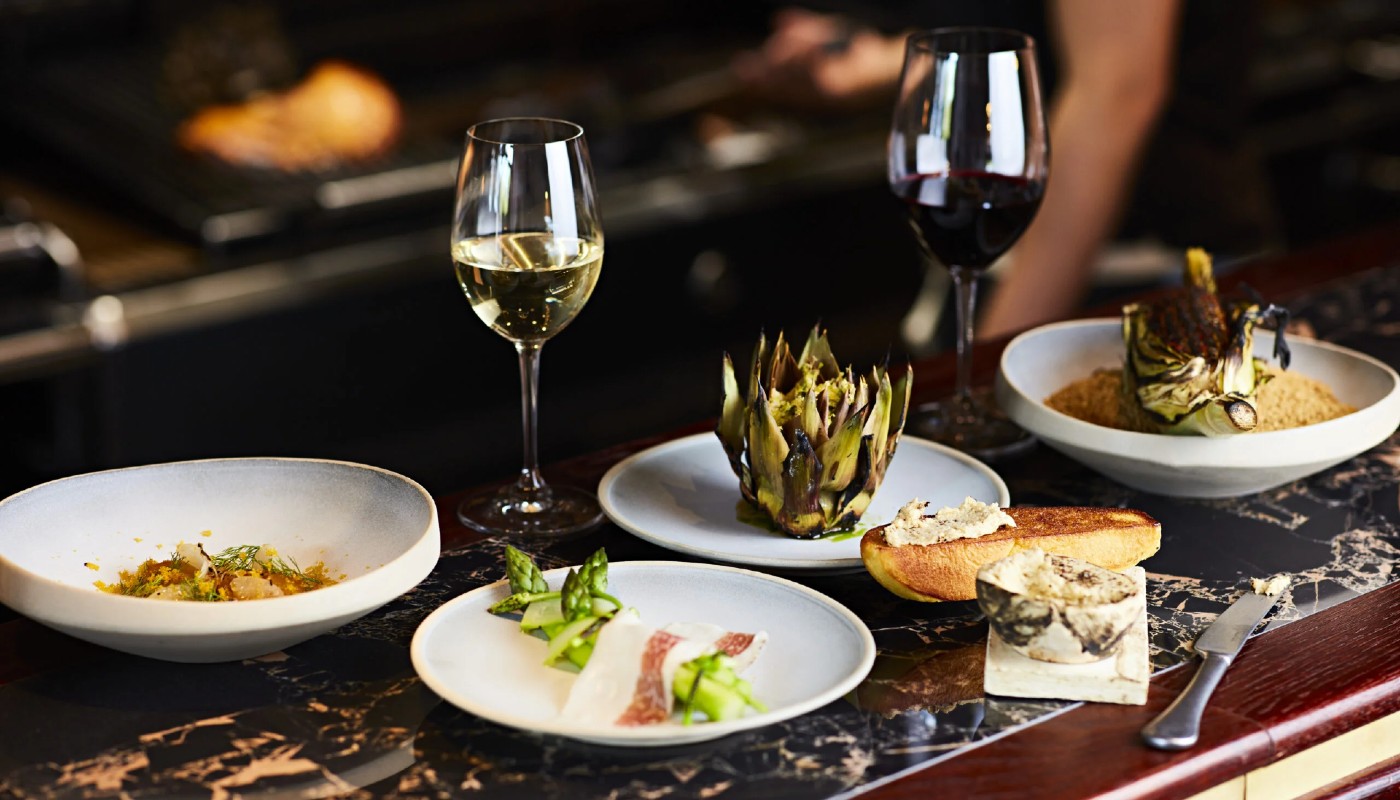Cuts and Knives: How Butchery Shapes Culinary Expression

Feature · The World’s 100 Best Steakhouses
Cuts and Knives: How Butchery Shapes Culinary Expression
Behind every world-class steakhouse lies a discipline as old as cuisine itself: butchery. More than portioning meat, butchery is a language of texture, flavor, and artistry. The way a cut is chosen, handled, and finally presented defines not only the dish but also the identity of the kitchen. In today’s dining landscape, knives are not just tools—they are cultural instruments shaping culinary expression.
A. The Anatomy of Cuts
Tenderloin
Celebrated for delicacy and refinement. Minimal fat, demanding precision in searing and sauce pairing.
Ribeye
Defined by marbling and richness. A favorite canvas for grill mastery and bold red wine pairings.
Sirloin
The balance cut—offering both texture and juiciness. A bridge between indulgence and restraint.
Flank & Skirt
Lean, fibrous, and full of character. Cuts where knife skill defines tenderness on the plate.
B. Knives as Instruments of Expression
- Precision: Japanese yanagiba and German chef’s knives each deliver unique grain-respecting cuts.
- Cultural Identity: From gaucho blades in Argentina to cleavers in China, knives reflect heritage.
- Design & Ritual: Custom-forged knives displayed at the table become part of the guest experience.
“A knife is not only steel—it is philosophy in the hand of a chef or butcher.”
C. Craft Traditions Around the World
Argentina
Gaucho butchery honors primal cuts, celebrating fire and simplicity.
Japan
Precision cutting reveals Wagyu’s lattice, elevating marbling into culinary art.
France
Butchers as artisans, shaping bavette, onglet, and entrecôte into icons of bistro culture.
USA
Whole-animal butchery renaissance, celebrating dry-aged complexity and secondary cuts.
D. How Butchery Shapes Culinary Expression
Texture
The direction and thickness of cuts determine tenderness and mouthfeel.
Flavor
Fat distribution and muscle grain influence seasoning, sauce, and pairing strategies.
Presentation
The drama of carving tableside or plating fine slices contributes to guest perception of luxury.
E. Metrics That Matter
Butchery is the silent architecture of cuisine. In the world’s best steakhouses, cuts and knives tell stories as eloquent as any menu. From pasture to plate, the blade is both a technical instrument and a cultural symbol, shaping flavors, textures, and identities that resonate far beyond the table.





